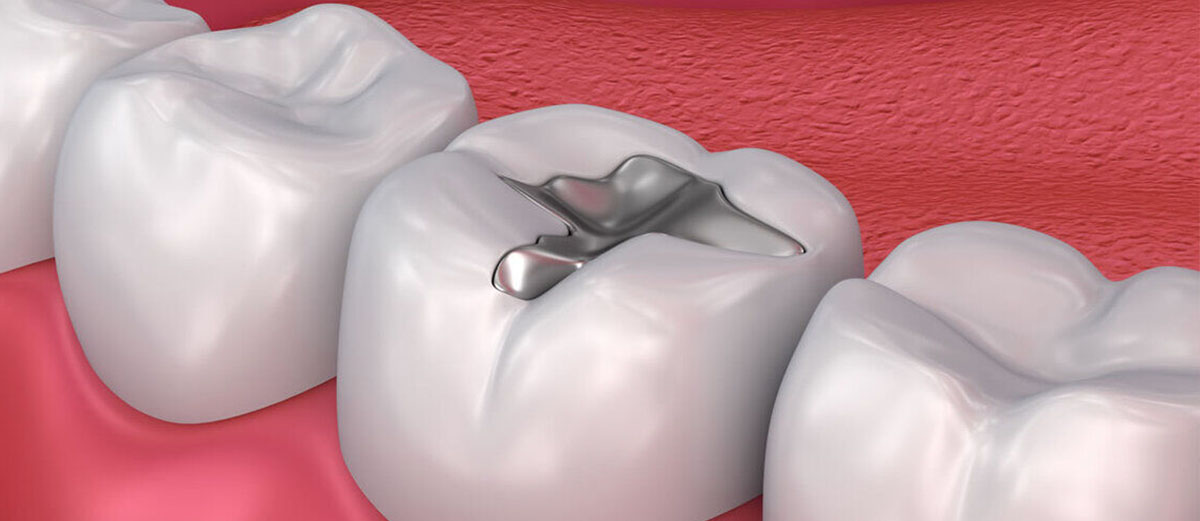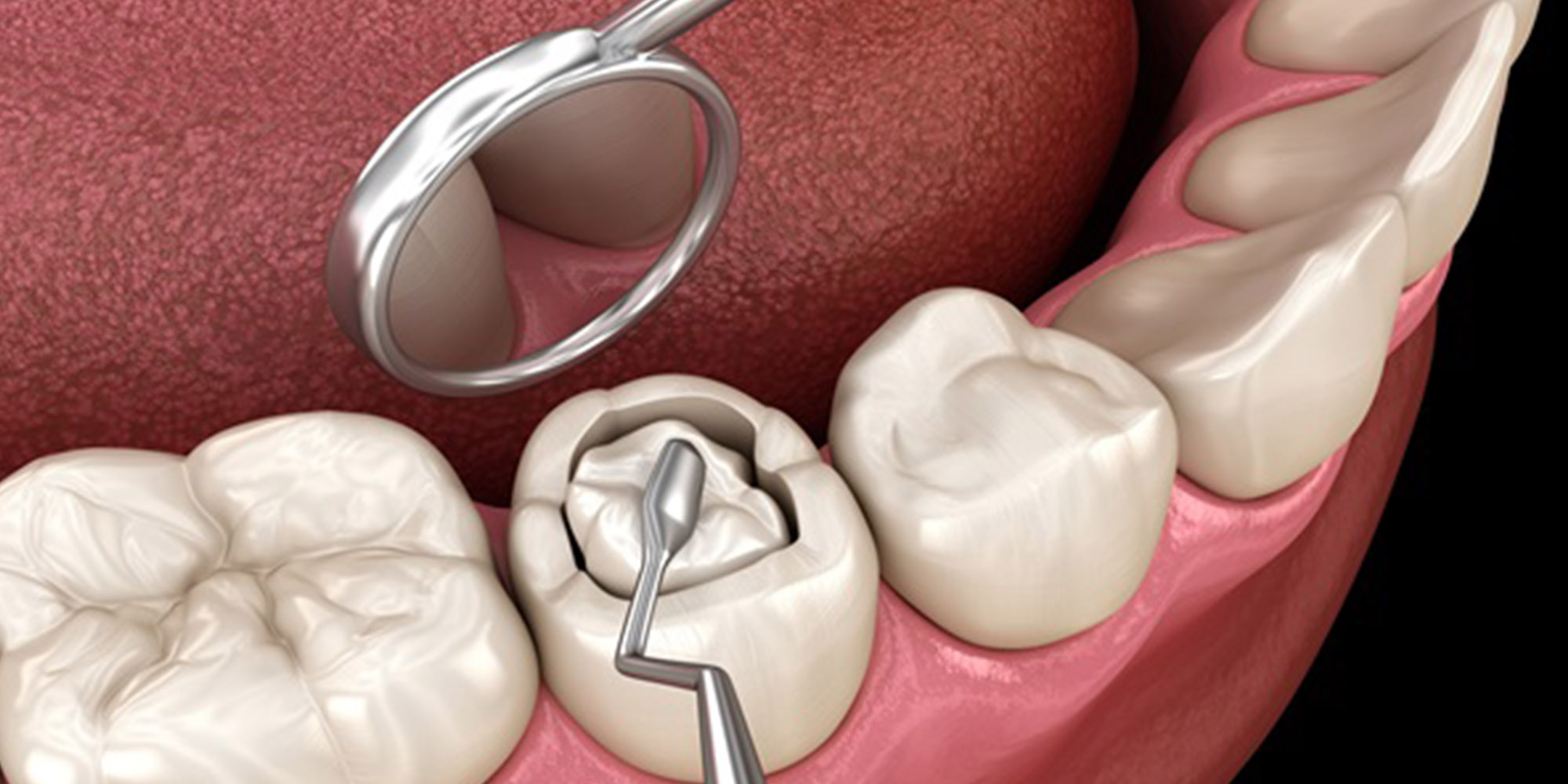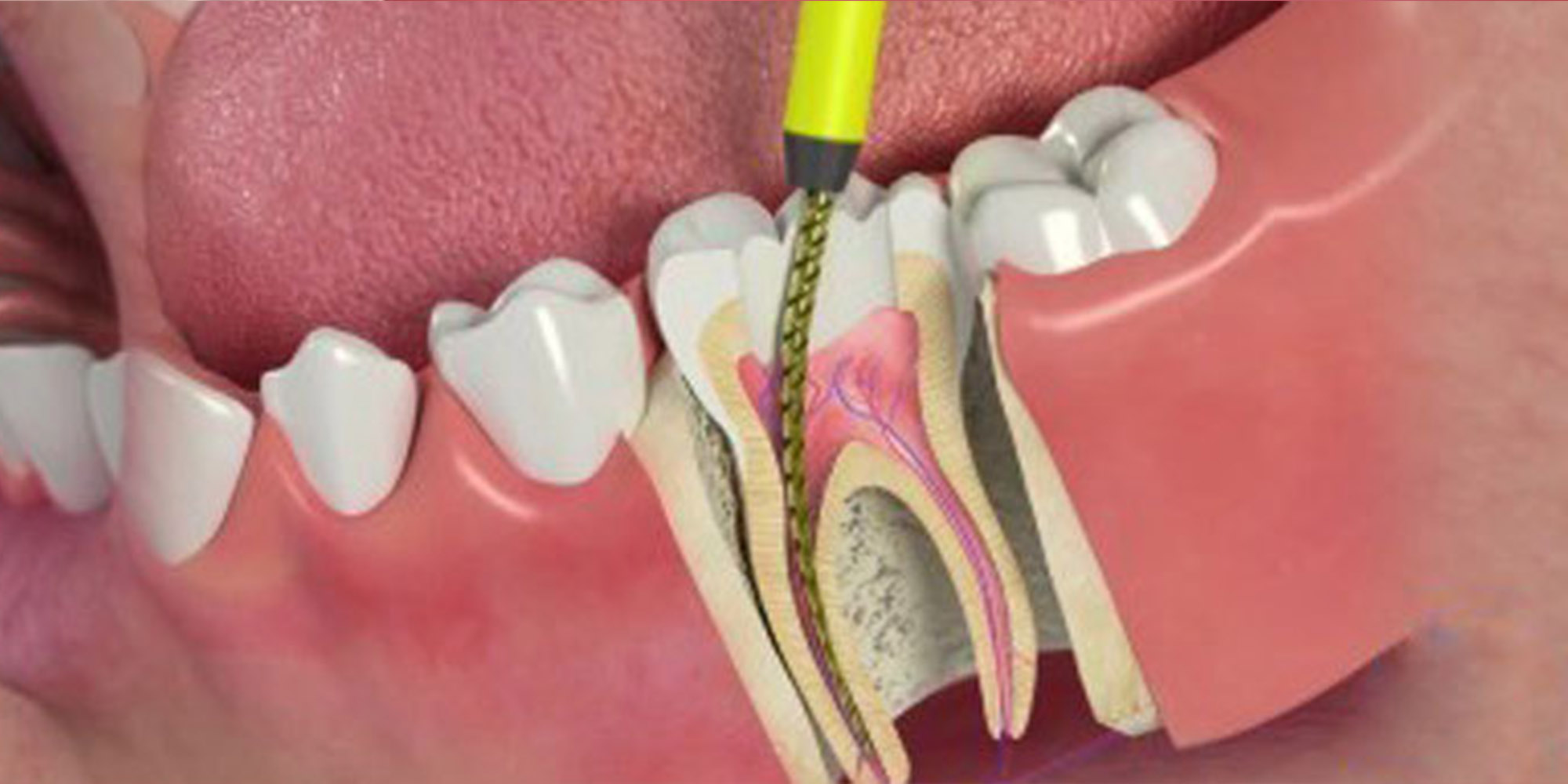Dental tooth filling is a common treatment used to repair teeth that have been damaged by decay or cavities. It involves removing the decayed portion of the tooth and filling the resulting space with a dental filling material. The filling helps to restore the tooth’s structure, prevent further decay, and alleviate any associated pain or sensitivity.
Here’s an overview of the dental tooth filling treatment process:
Examination:
Your dentist will examine your teeth, usually through a visual inspection and X-rays, to identify any areas of decay or cavities that require filling.
Anesthesia:
If the tooth is sensitive or if the decay extends into the deeper layers of the tooth, your dentist may administer local anesthesia to numb the area before starting the procedure. This ensures a pain-free experience during the treatment.
Decay removal:
Using a dental drill or laser, your dentist will remove the decayed portion of the tooth, leaving behind healthy tooth structure. This step is crucial to prevent the decay from spreading further.
Tooth preparation:
After removing the decay, the dentist will shape the cavity to create a space that can securely hold the dental filling material. This involves cleaning and disinfecting the cavity.
Filling material application:
There are different types of dental filling materials available, including amalgam (silver), composite resin (tooth-colored), porcelain, and glass ionomer. Your dentist will discuss the options with you and help you choose the most suitable one based on the location of the filling and your aesthetic preferences.
Composite resin fillings:
For composite resin fillings, the dentist will apply layers of the tooth-colored material to the cavity, hardening each layer with a special curing light. They will shape and polish the filling to match the natural contours of your tooth, providing a seamless appearance.
Bite adjustment and polishing:
After placing the filling, your dentist will check your bite to ensure that it is properly aligned. They may make necessary adjustments to ensure a comfortable and balanced bite. Finally, the filling is polished to make it smooth and resistant to staining.
Post-treatment care:
After the dental filling treatment, it’s essential to maintain good oral hygiene practices, including regular brushing, flossing, and visiting your dentist for routine check-ups. This helps to prevent future dental issues and prolong the lifespan of the filling.
It’s important to note that the exact procedure may vary depending on the extent of decay, the location of the filling, and the specific techniques and materials used by your dentist. It’s best to consult with a dental professional for personalized advice and treatment.





